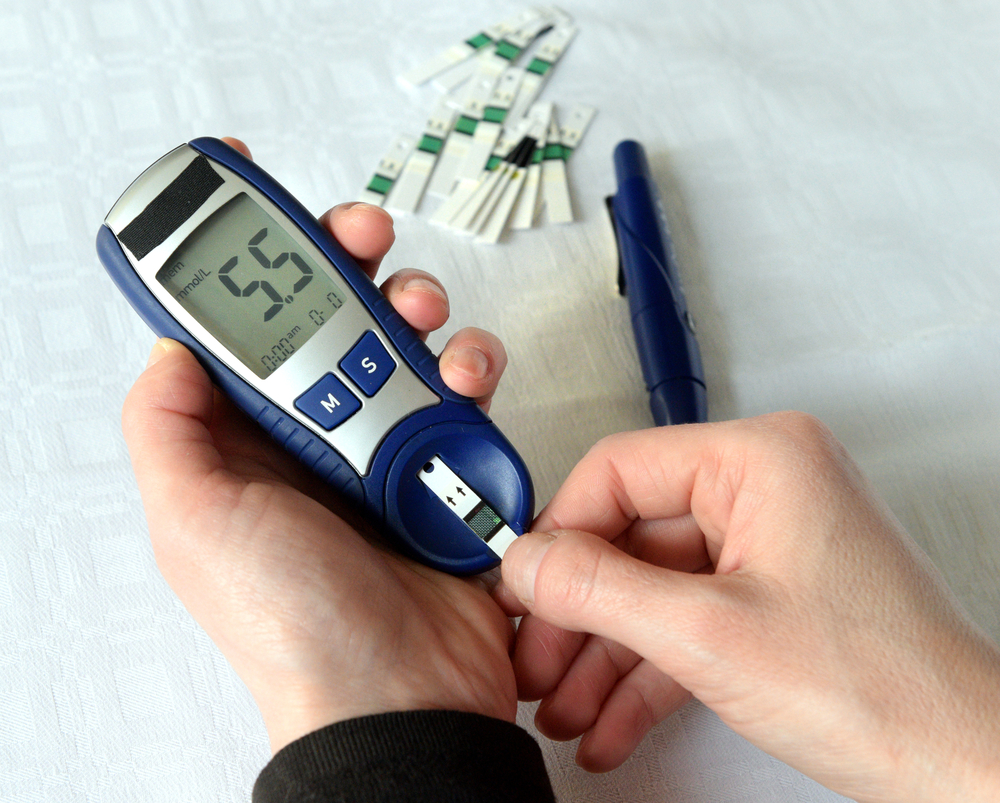
The 77th Scientific Sessions of the American Diabetes Association kicked off on Friday in San Diego where attendees gathered to learn of the latest advancements being designed to combat both forms of diabetes.
A number of tech companies and drug makers host sessions at the conference to divulge their latest technologies and therapies, but two prominent pharmaceutical firms from overseas released promising new findings that could stave off hypoglycemia, or low blood sugar, which can be a potentially life-threating condition that occurs as a result of taking insulin.
Sanofi
The French pharmaceutical giant reported results from a real-world observational study labeled DELIVER 3 focusing on long-acting insulin Toujeo.
A group of at-risk seniors diagnosed with type 2 diabetes with documented hypoglycemia and similar blood sugar control were at the center of this trial where investigators sought to compare the effects of cutting hypoglycemia when switching their treatment to Toujeo versus other basal insulins.
Findings from a six-month follow-up revealed patients who switched to Toujeo were 57 percent less likely to experience low blood sugar compared to the other groups who opted for competing insulin products, including Lantus (insulin glargine 100 Units/mL), Levemir (insulin detemir) and Tresiba (insulin degludec).
“Older patients with type 2 diabetes are disproportionately impacted by hypoglycemia and its consequences,” said Jeremy Pettus, Assistant Professor, Division of Endocrinology, University of California, San Diego, in a statement. “Observational real-world data such as DELIVER 3 can contribute to clinical decision-making, helping physicians to better advise their patients in this important at-risk population.”
The data from this analysis is consistent with previous Toujeo evidence, according to the company. This factor could contribute to cost savings of an estimated $2,000 per patient each year.
Next, Sanofi will conduct three “real-life clinical studies” in the U.S. and Europe where they will gather information on patient feedback pertaining to treatment satisfaction and their hypoglycemia experience to compliment the outcomes from DELIVER 3.
Initial results from this experiment are expected later this year.
Novo Nordisk
Investigators for Novo Nordisk performed a similar study gaging the effect of combination treatment Xultophy 100/3.6, a fusion of basal insulin Tresiba with GLP-1 medication Victoza, on hypoglycemia, compared to basal-bolus insulin therapy on type 2 diabetes patients.
Xultophy 100/3.6, demonstrated similar A1c reductions as its counterpart, but also provided significantly lower rates of hypoglycemia and a decrease in weight. An estimated 66 percent of patients taking Xultophy 100/3.6, reached an A1c target of below 7 percent while there was also an 89 percent reduction in severe hypoglycemic events.
Plus, this patient group required a lower daily dose of insulin versus the basal-bolus treatment arm.
“The results of DUAL VII show that Xultophy 100/3.6 provided a similar reduction in A1c compared to basal-bolus therapy while significantly reducing the number of hypoglycemic events along with a reduction in weight,” said Dr. Todd Hobbs, M.D., the U.S. chief medical officer at Novo Nordisk, in a statement. “These findings reinforce the importance of the ongoing development of new medicines to help adults better manage their type 2 diabetes.”
Other DUAL VII analyses unveiled during the meeting focusing patient reported outcomes and a short-term cost-effective examination.
Filed Under: Drug Discovery



